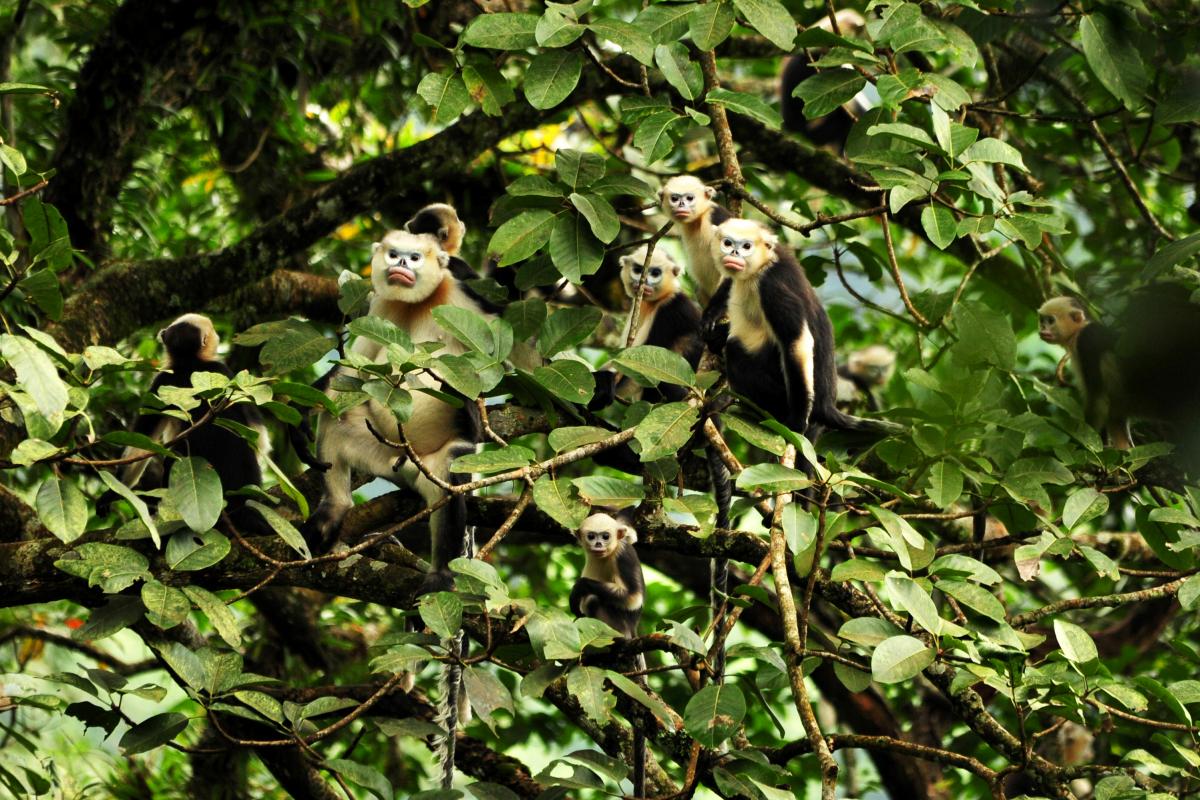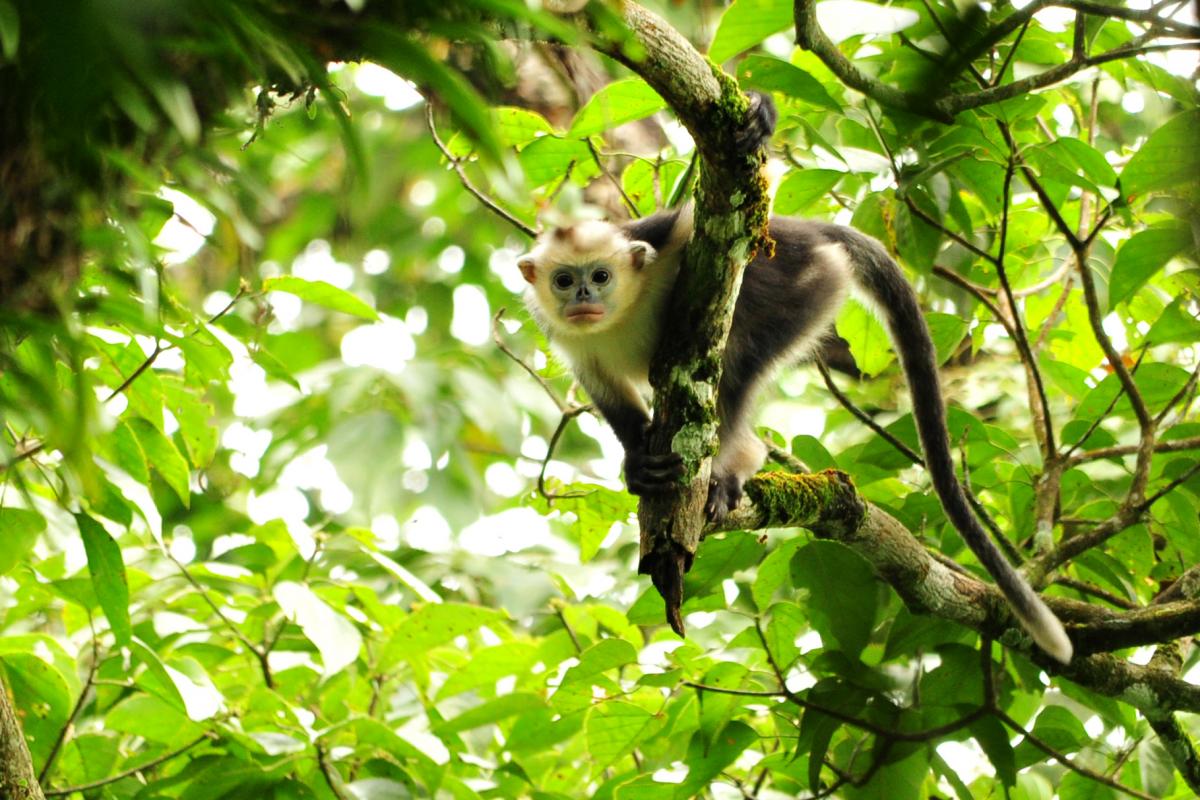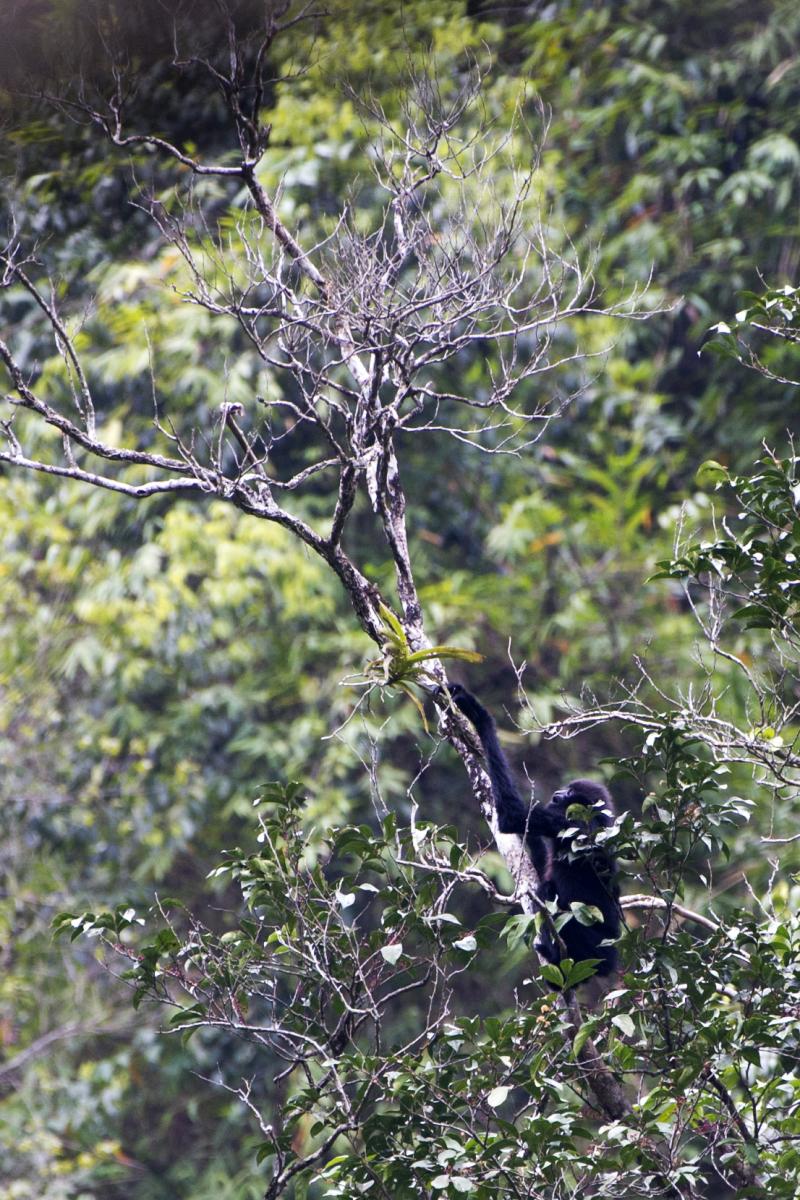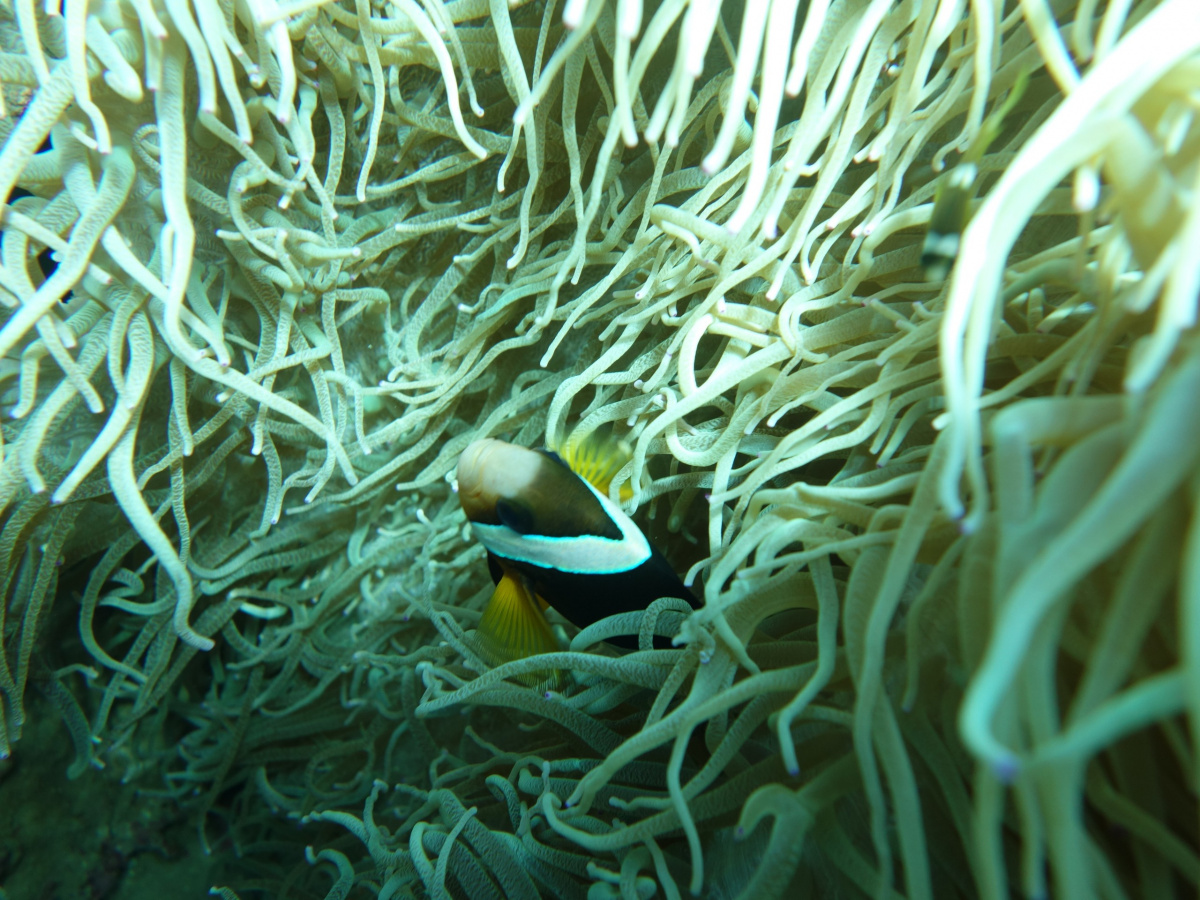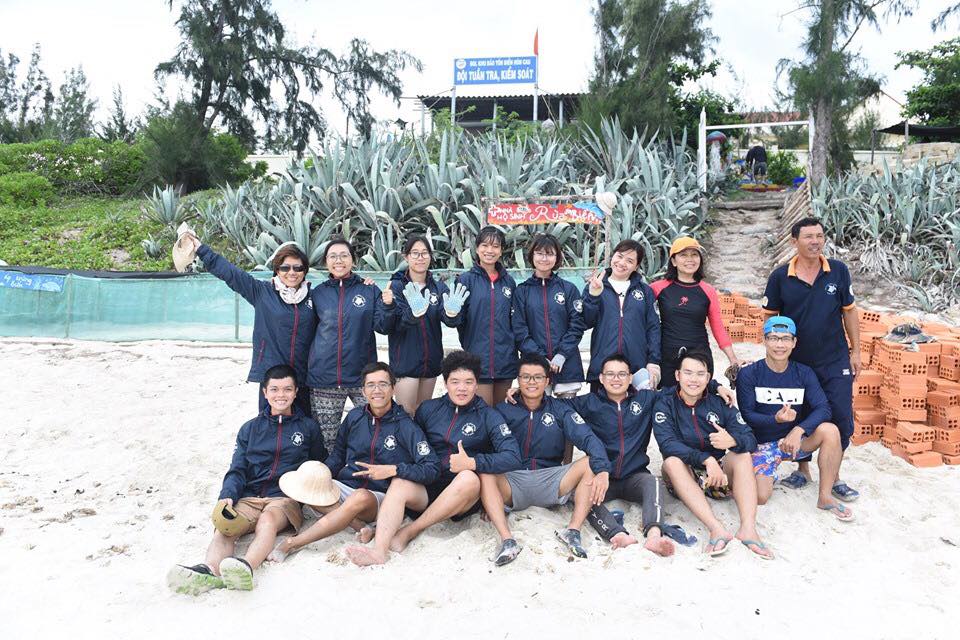Saving the world’s rarest primates by involving indigenous communities
A community-based conservation programme in northeastern Viet Nam is actively involving indigenous communities in Ha Giang and Cao Bang Province to protect the habitats of two Critically Endangered primates, the Tonkin snub-nosed monkey (Rhinopithecus avunculus) and the Black crested Gibbon (Nomascus nasutus), also known as the Cao Vit gibbon.
In the two provinces, communities rely on the forest’s vital resources for their survival, utilising it more and more for agriculture, livestock grazing, timber logging and non-timber forestry products collecting. As a result, the natural habitats, as well as the number of primates are dwindling. According to Fauna & Flora International (FFI), the total number of species left in the region is 150 for the Tonkin snub-nosed monkey and 130 for the black crested gibbon. Both these primates have been also been classified as Critically Endangered on the IUCN Red List of Threatened Species™.
With the support of The Critical Ecosystem Partnership Fund (CEPF), an initiative called 'Empowering Local Communities to Engage in Conservation and Management of Priority Key Biodiversity Areas and Threatened Primate and Plant Species in the Sino-Vietnamese Limestone Corridor' is being implemented by FFI and the Ha Giang and Cao Bang provinces to teach communities how to utilise forest resources, whilst conserving the environment for the survival of the primates.
The project places particular emphasis on the FPIC ‘Free prior and informed’ process: the principle that a community has the right to give or withhold its consent to proposed projects that may affect the lands they customarily own, occupy or otherwise use. This principle means that those who wish to do work in the customary lands belonging to indigenous communities must consider the impacts of this work on the community and engage with them regarding the impacts of the work before starting the process.
Through a series of meetings with the local communities in both provinces, it was mutually agreed upon that certain measures needed to be implemented across the two provinces. Some of these measures include identifying and demarcating protected areas of the forests, as well as ‘buffer zones’ where the communities have to refrain from using resources for everyday use, and constructing cook stoves that use less wood. To support this measure, 38 Ha of trees were planted so that they can be used as burning fuel for the stoves. Educational programmes about species biology, the status of endangerment and what it implies, and the concept of an ecosystem and the importance of biodiversity were also launched in villages and schools
“A highly participatory approach to primate conservation, including the development of co-management Management Advisory Committees) for the protected areas, and the use of FPIC, has helped to empower local people in decision making over natural resource use. Moreover, this has built linkages, both conceptual and practical, between the goals of wildlife protection and livelihood improvement, at the project sites,” says Josh Kempinski, Fauna & Flora International’s Viet Nam Programme Country Director.
In another important development, a communication system and area management plan has been set up and agreed upon by all parties to give representatives from the villages the opportunity to voice their concerns about the project.
Going forward, regular meetings will be arranged between FFI and the villages to ensure the long-term success of the project.
